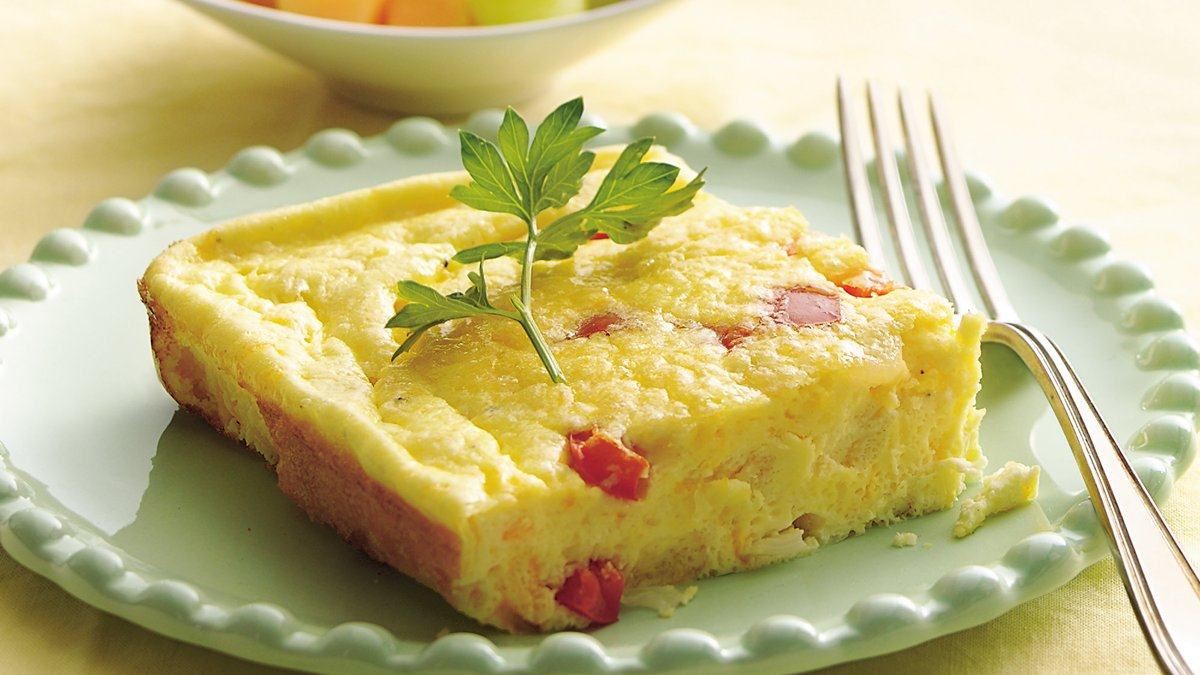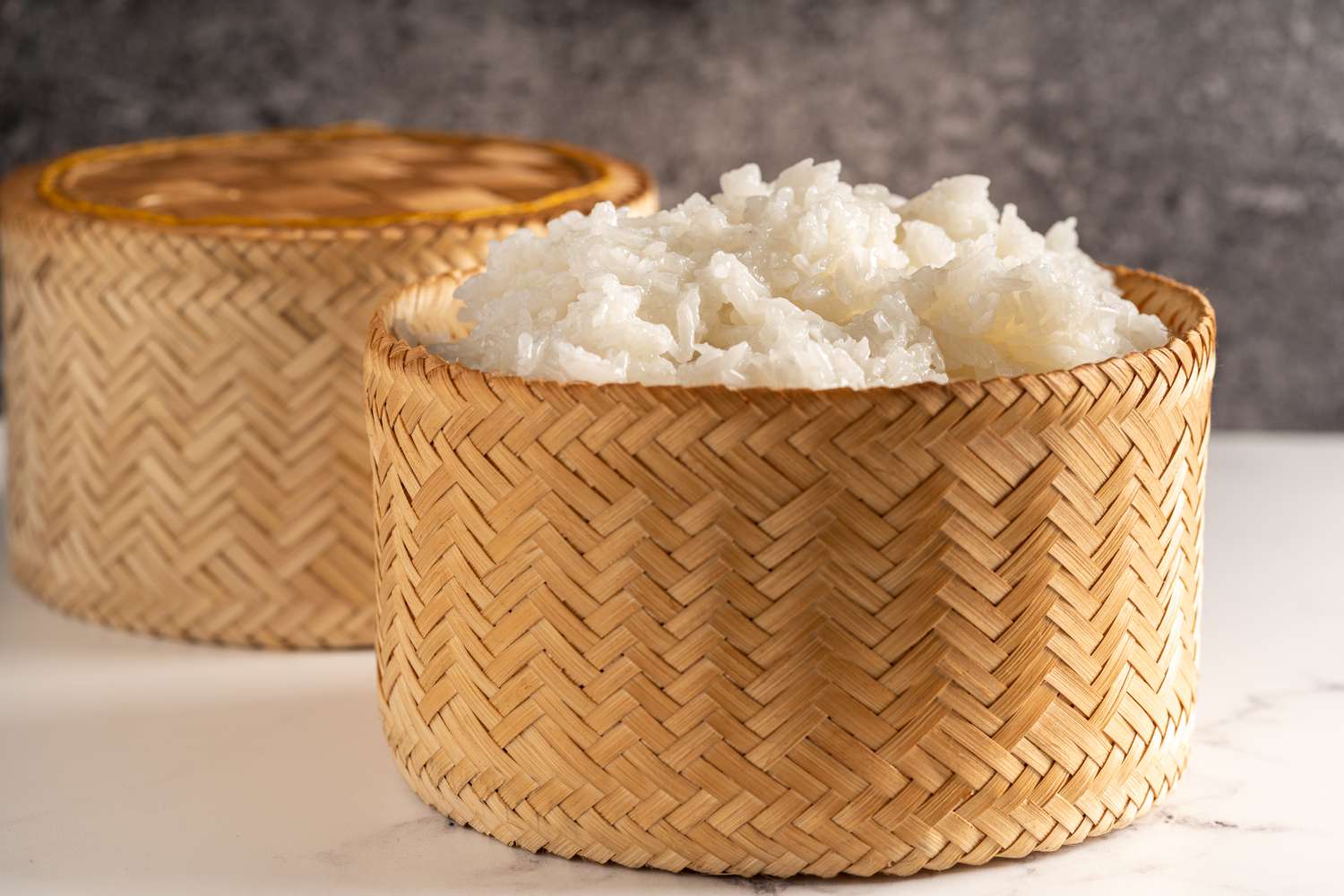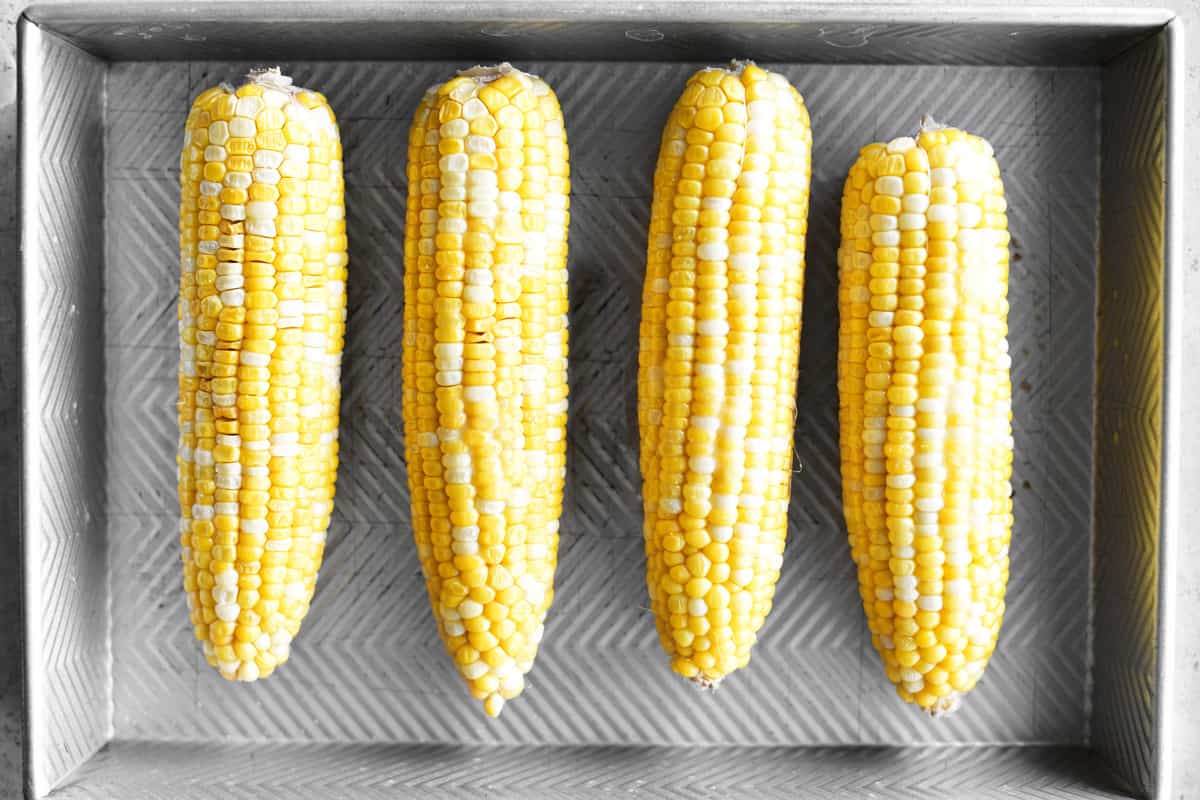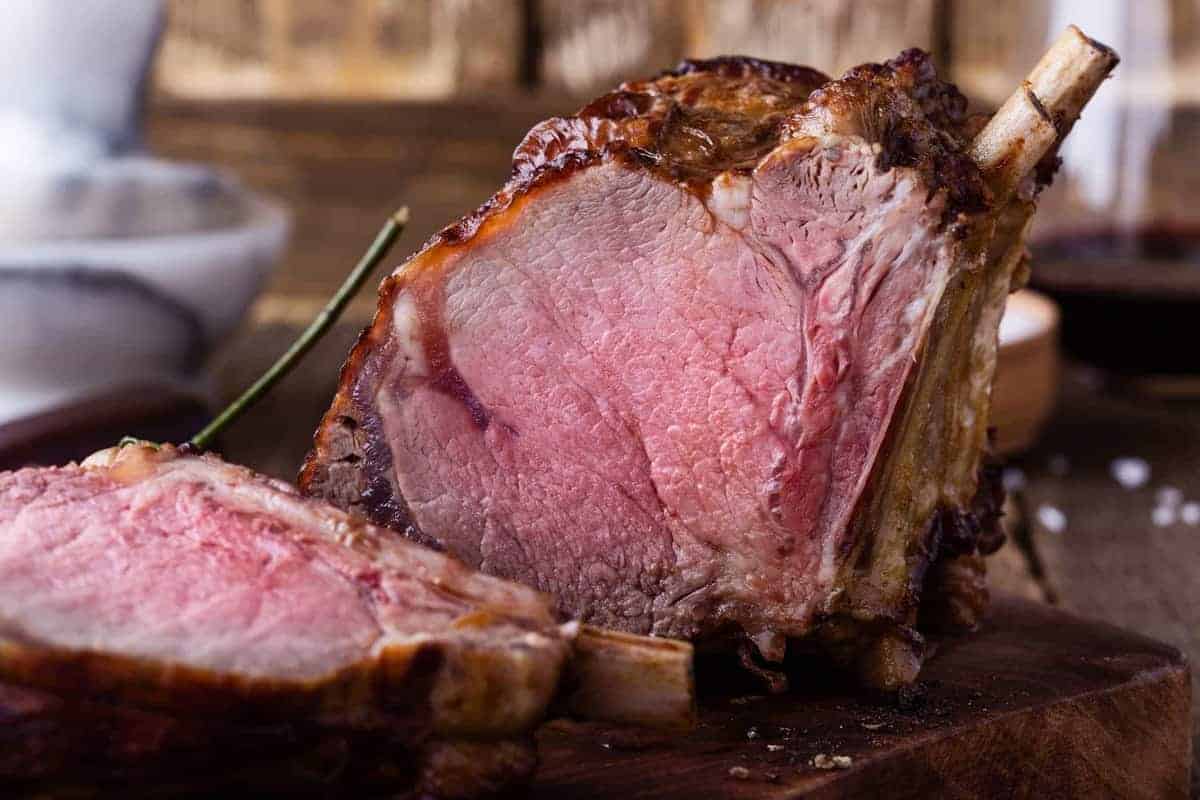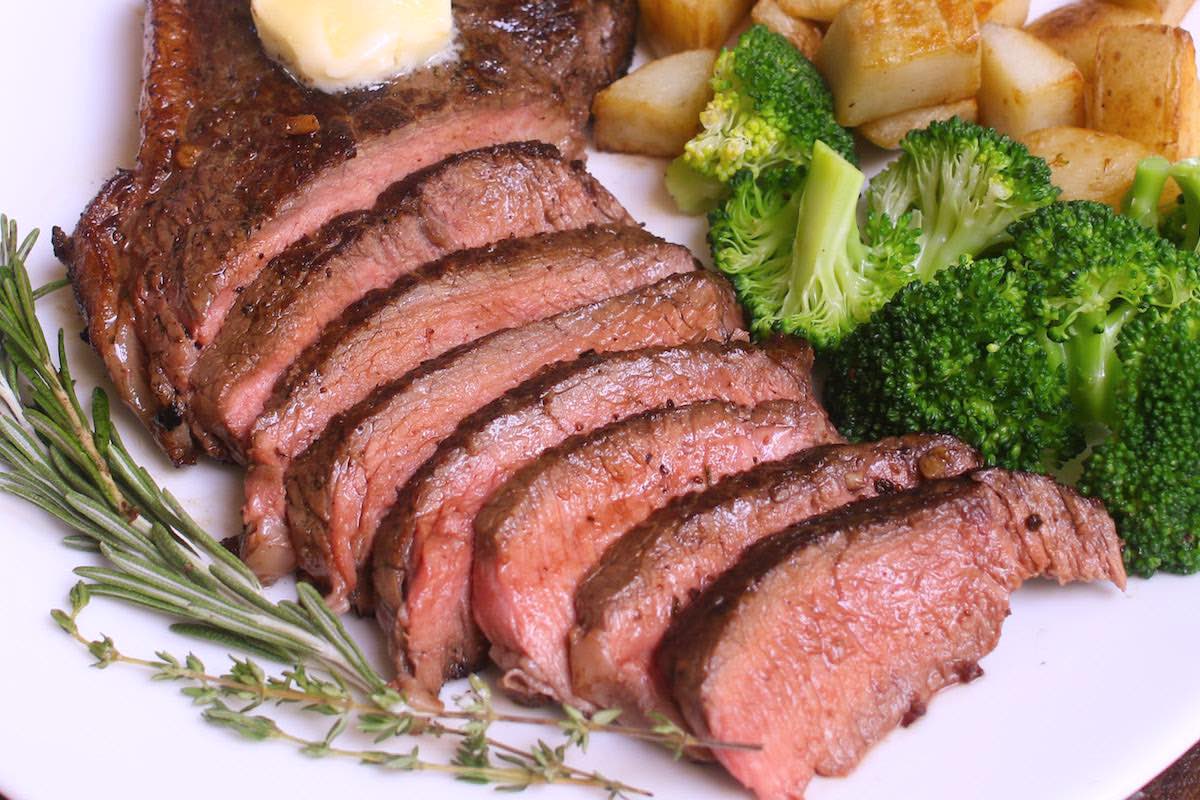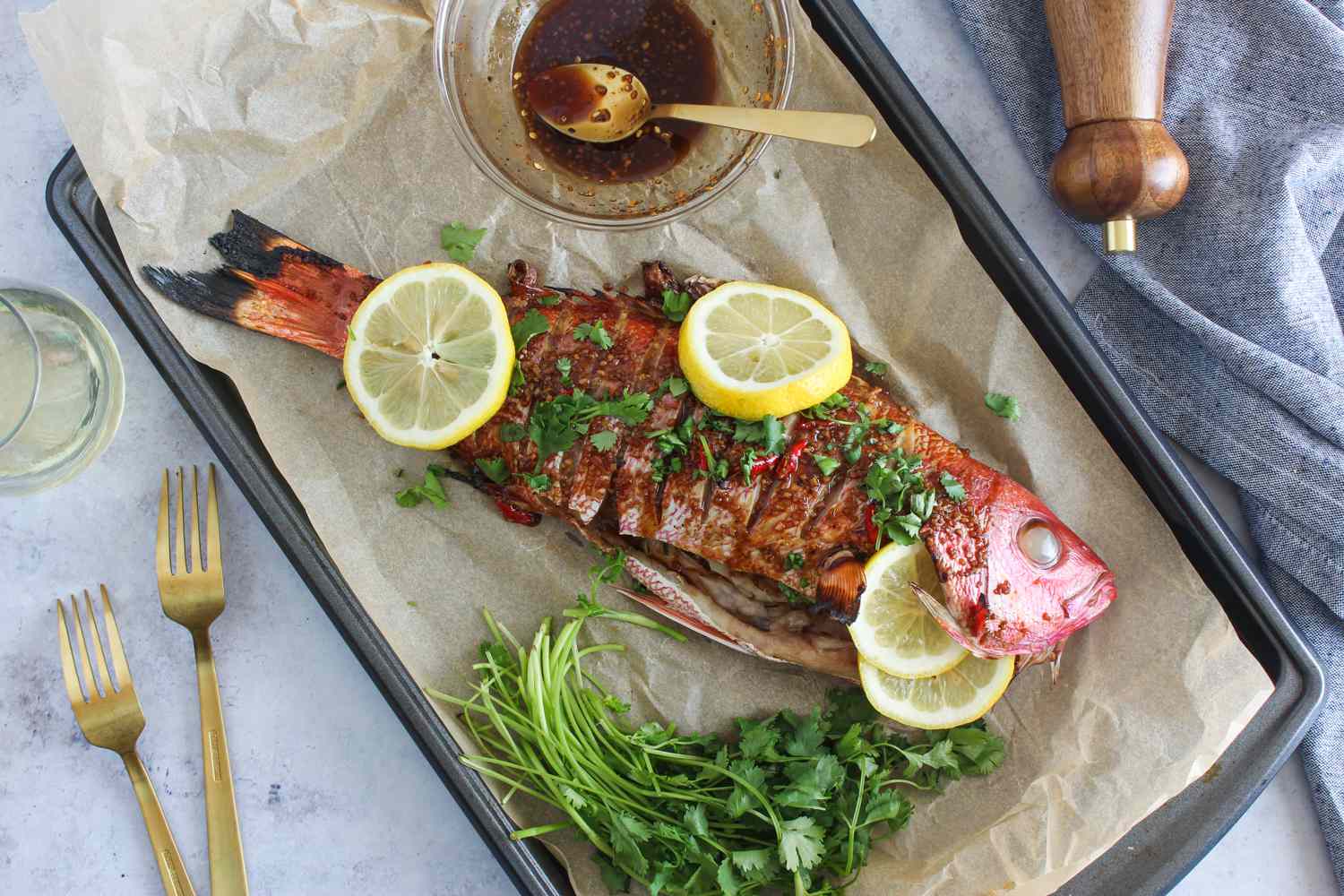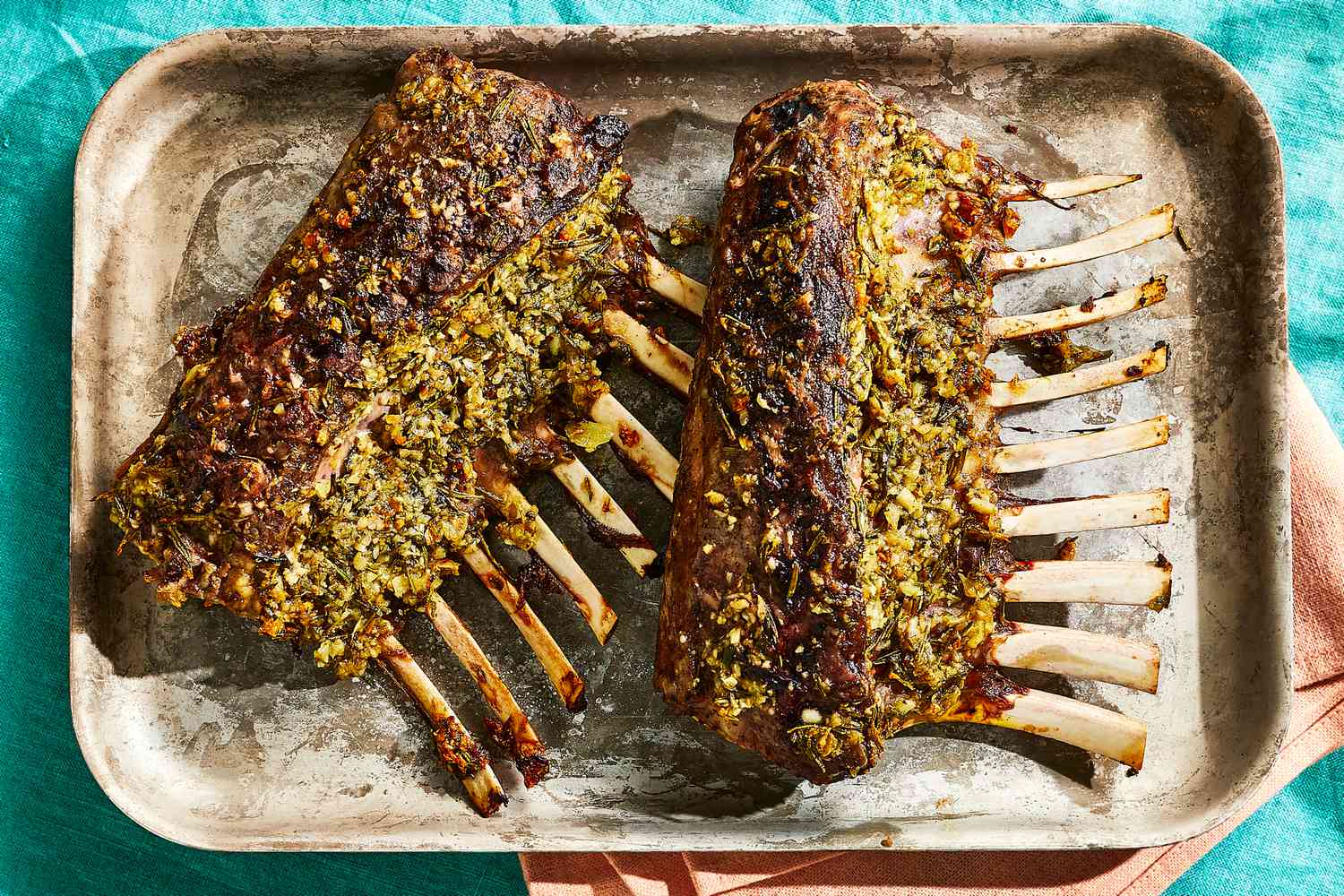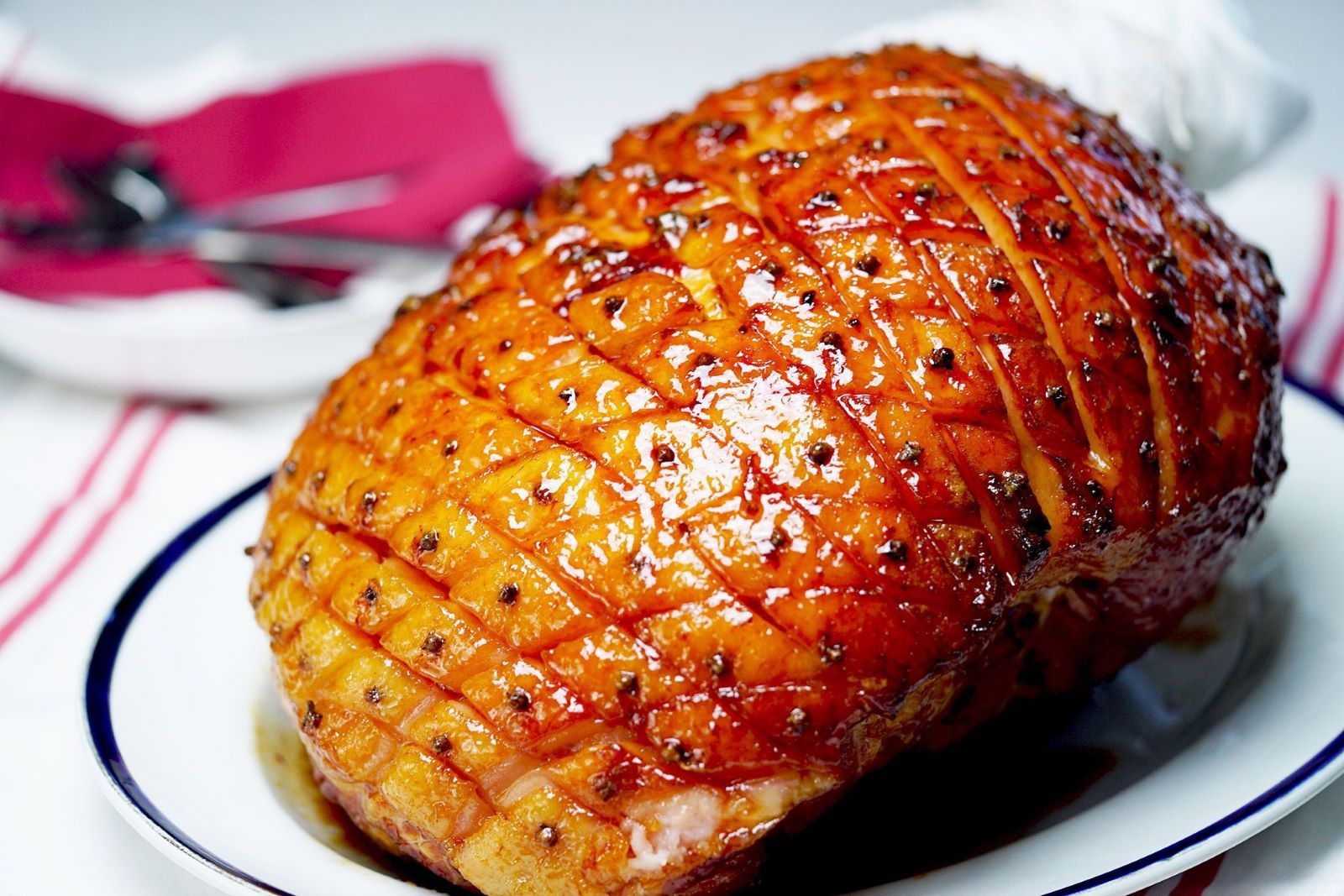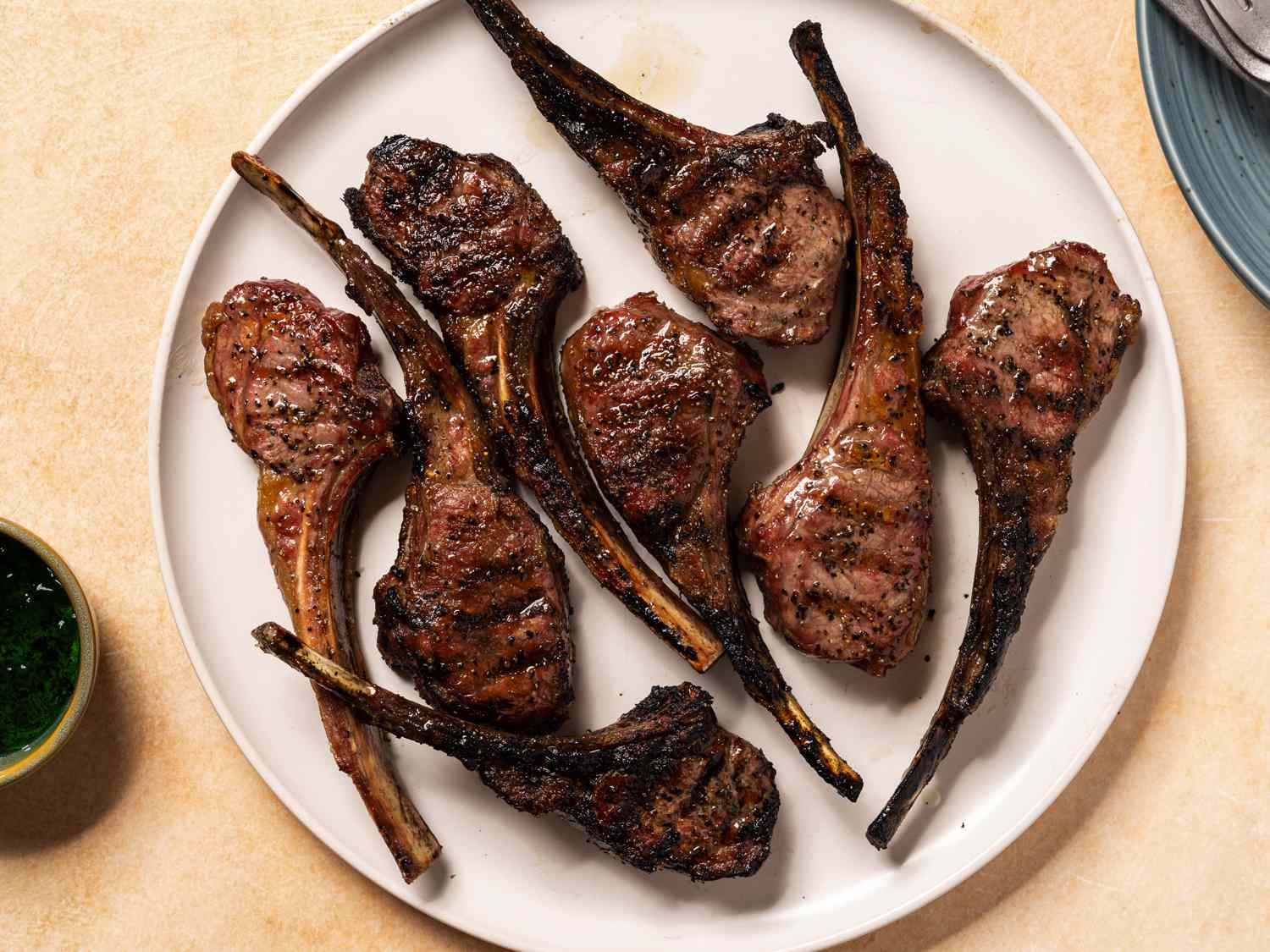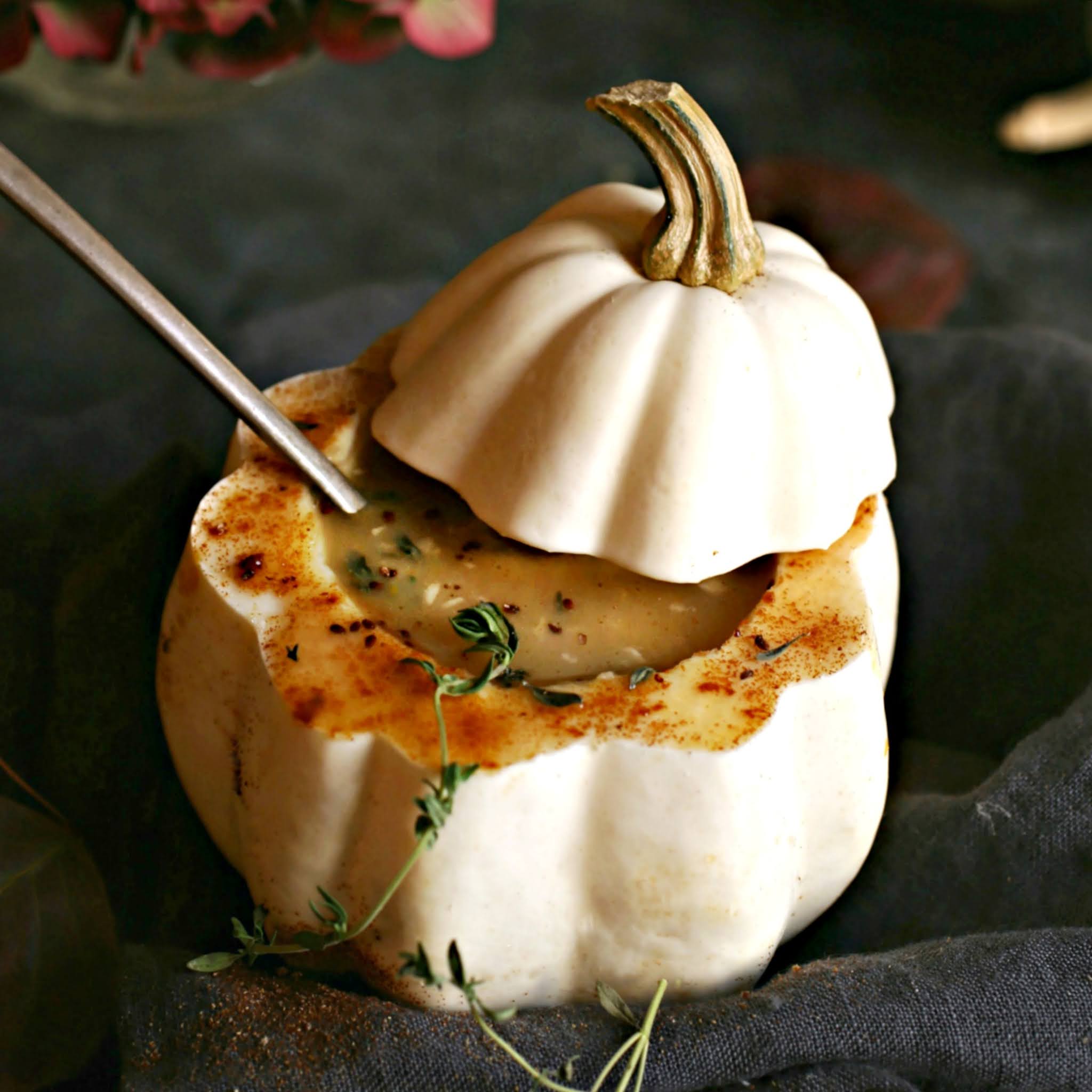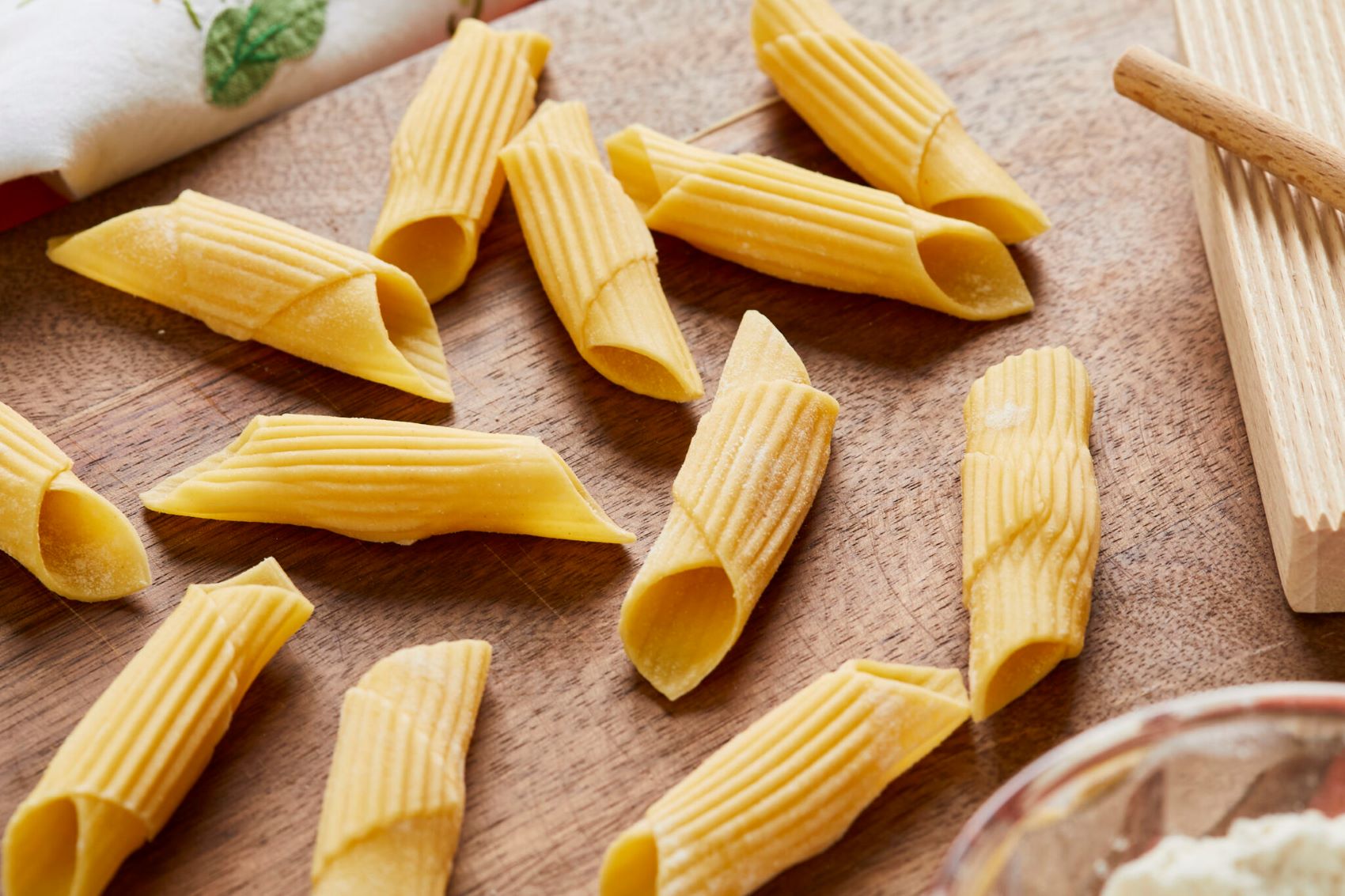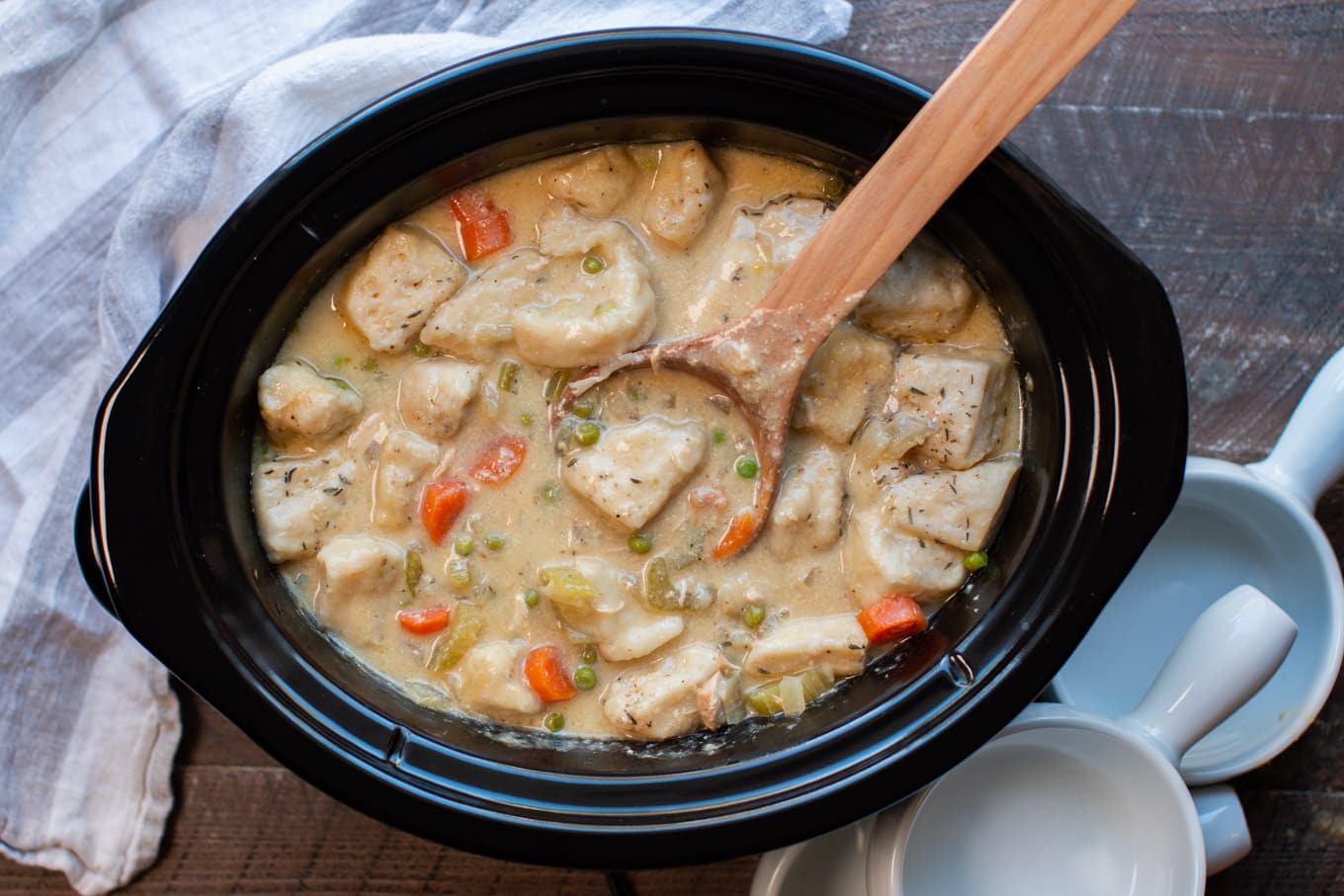Unlock the Secrets to Cooking a Perfectly Tender Ham
Are you craving a juicy and tender ham that will have your taste buds dancing with delight? Look no further! In this guide, we will reveal the secrets to cooking a perfectly tender ham that will melt in your mouth with every bite. So, let’s roll up our sleeves and get cooking!
Choose the Right Ham
The first step in cooking a tender ham starts with selecting the right cut. You have a variety of options to choose from, including:
- Bone-in ham
- Boneless ham
- Spiral-cut ham
Each type of ham offers its own unique flavors and textures, so pick the one that suits your taste preferences. Regardless of the cut you choose, ensure that the ham is fresh and of high quality to achieve the best results.
Preparation is Key
Before cooking the ham, it’s vital to prepare it properly. Follow these steps to ensure a tender and delectable result:
- Remove the ham from its packaging and thoroughly rinse it under running water to remove any excess salt or brine.
- Pat the ham dry using paper towels.
- Score the outer layer of fat in a diamond pattern to help the flavors penetrate and the fat render during cooking.
- Season the ham with your favorite blend of spices or a mouthwatering glaze. Popular choices include honey mustard, pineapple, or a combination of brown sugar and spices.
By properly preparing your ham, you’ll enhance its tenderness and infuse it with incredible flavor.
Cooking Methods for Tender Enjoyment
Now that your ham is prepped, it’s time to cook it to perfection. Here are three popular cooking methods to achieve a tender ham:
- Baking: Preheat your oven and place the prepared ham on a rack in a baking dish. Cover it tightly with foil and bake at the recommended temperature and cooking time based on the weight of your ham. Basting occasionally with the natural juices or glaze will help keep it moist and tender.
- Slow Cooking: For an effortlessly tender ham, consider using a slow cooker. Place the ham in the slow cooker, add your desired seasonings and liquid (such as apple juice or broth), and cook on low heat for several hours until tender.
- Grilling: For a smoky and flavorful ham, fire up the grill! Use indirect heat and place the ham over the unlit side. Close the lid and let it cook slowly, basting occasionally with your glaze or marinade for added tenderness and flavor.
No matter which cooking method you choose, it’s important to use a meat thermometer to ensure the ham reaches the recommended internal temperature for safety and optimal tenderness.
Rest and Slice
Once your ham is cooked to perfection, resist the temptation to dive right in! Allowing the ham to rest for 10-15 minutes after cooking will help the juices redistribute and maintain its tenderness. Once rested, carve thin slices against the grain for maximum tenderness.
Now that you know the secrets to cooking a tender ham, it’s time to gather your ingredients and start impressing your family and friends with a mouthwatering feast. Remember, practice makes perfect, so experiment with different flavors and techniques to find your signature tender ham recipe. Happy cooking!
For those looking to enhance their ham-cooking skills, the article provides a variety of delicious recipes to try. If you enjoy a sweet and tangy flavor, the Pineapple Brown Sugar Ham Recipe and Apricot Glazed Ham Recipe are perfect choices. For a more savory option, the Garlic and Herb Ham Recipe offers a delightful blend of flavors. Those who appreciate a boozy kick might enjoy the Bourbon and Brown Sugar Ham Recipe or the Cherry Bourbon Ham Recipe. Each recipe is designed to help you achieve a tender, flavorful ham that will impress your guests.
Was this page helpful?
Read Next: How To Cook Colossal Shrimp On Stove
